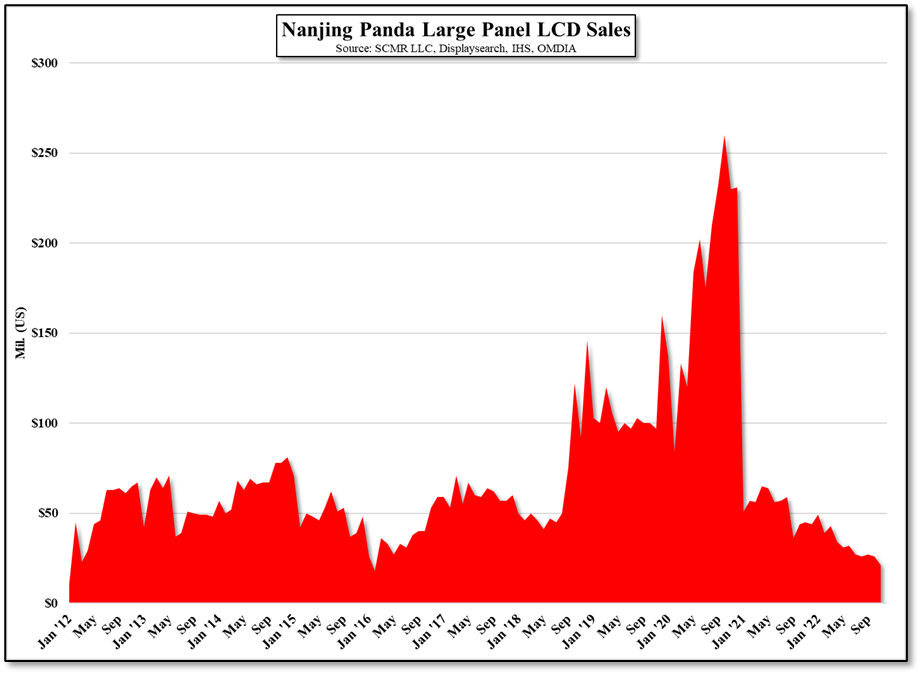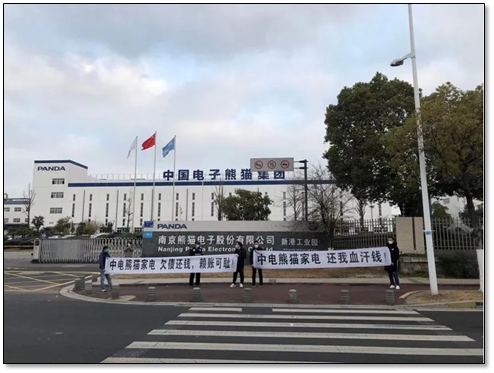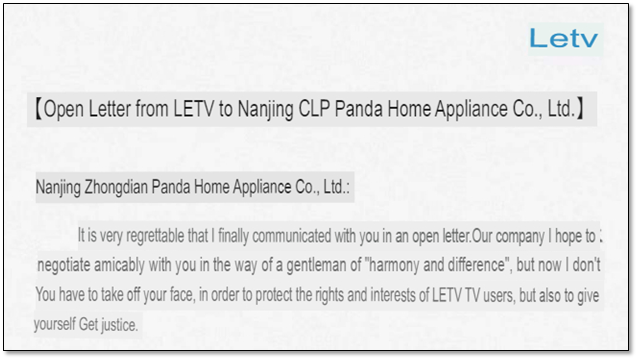Not Quite a Recovery?
After a bounce in March, following a very weak January and February, LCD sales from Taiwan producers seems to have tailed off a bit, after panel producers increased utilization rates, which had been unusually depressed through the 4th quarter of last year. With consumer demand still weak, we expect the March improvement was just to fill inventory levels to seasonal norms, and the lack of follow-through in April seems to indicate the same. That said, with TV panel prices having increased 7.7% in April, we would have expected a slight increase in overall panel sales, although AUO has reduced its exposure to the TV panel market from over 40% in early 2018 to ~14% currently. 35.7% in Innolux’s sales are from TV panels currently, while Hannstar has no exposure.
As we have stated previously, while there will be ups and downs relative to panel production this year, the industry has more LCD Tv panel capacity than it needs currently, so any sustainable rally in production would need to be demand based, and currently there seems to be little reason to expect same this early in the year. If global economic conditions improve as the year develops, a better 2H is certainly possible, especially7 after the poor early 2023 results, but as can be seen in Figure 1 - Figure 4, the industry was not particularly seeing robust CE demand before the COVID-19 pandemic began. All in, we continue to expect a modest recovery in LCD panel sales, with ‘modest’ the significant word, and the LCD TV panel capacity reductions expected from LG Display (LPL) have already been figured into the supply/demand equation. Short of an end to the war in Ukraine, and a quick end to inflation, we expect only a seasonal lift going forward.


















 RSS Feed
RSS Feed